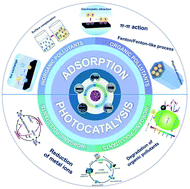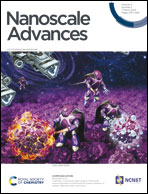Synthesis of carbon-based nanomaterials and their application in pollution management
Abstract
With the fast development of industry, large amounts of organic and inorganic pollutants are inevitably released into the natural environment, which results in the pollution of the environment and are thereby dangerous to human health. The efficient elimination of these pollutants is crucial to environment protection and human health. The high sorption capacity of carbon-based materials and high photocatalytic ability of carbon-based composites result in the application of carbon-based materials in environmental pollution cleanup. In this review article, we summarized recent studies on the synthesis of carbon-based materials, and their application in the sorption of organic and inorganic pollutants, the photocatalytic degradation of organic pollutants, and the in situ photocatalytic reduction–solidification of heavy metal ions. The sorption method is useful to remove pollutants from aqueous solutions. The sorption-photocatalytic degradation of organic pollutants is applicable, especially at low concentrations, whereas the catalytic reduction of metal ions is the best method for the in situ immobilization of high valent metal ions under complicated conditions. The interaction mechanism is discussed using advanced spectroscopy analysis and theoretical calculations, and at the end the challenges in the future are described.

- This article is part of the themed collections: Flexible nanomaterials: microscopic mechanisms and macroscopic applications and Recent Review Articles


 Please wait while we load your content...
Please wait while we load your content...